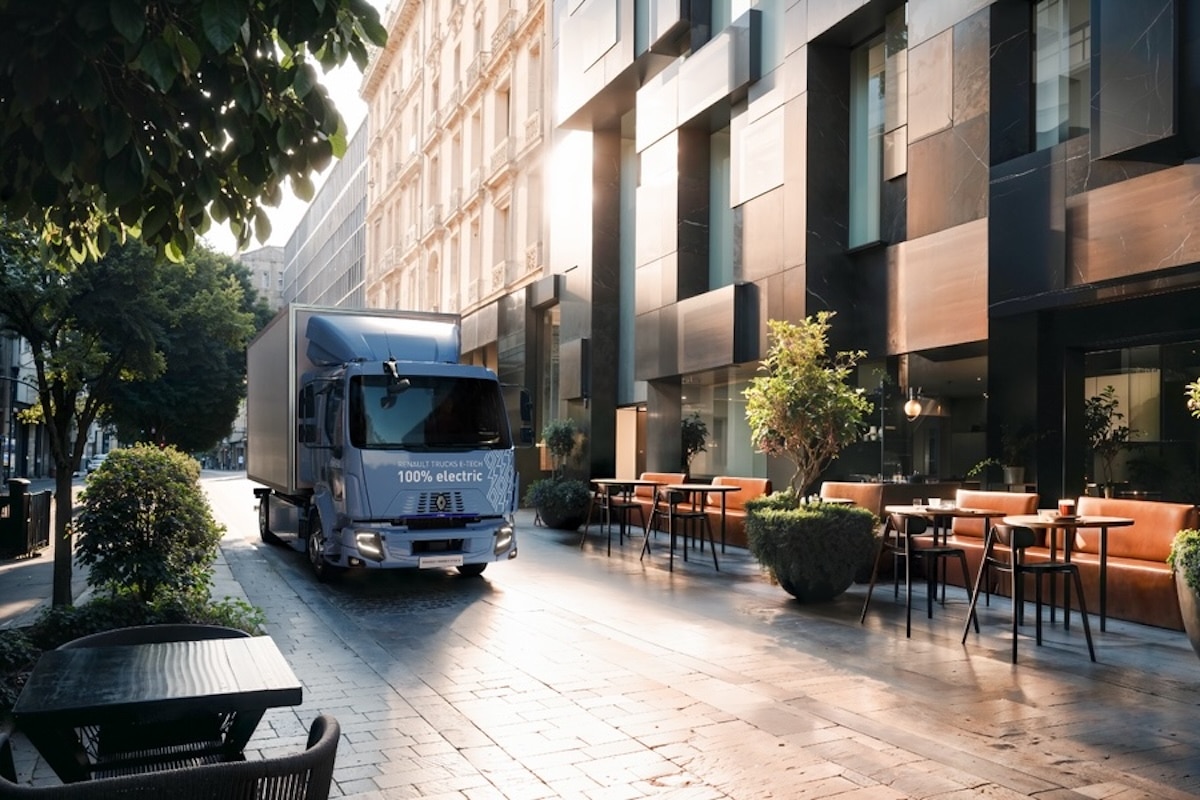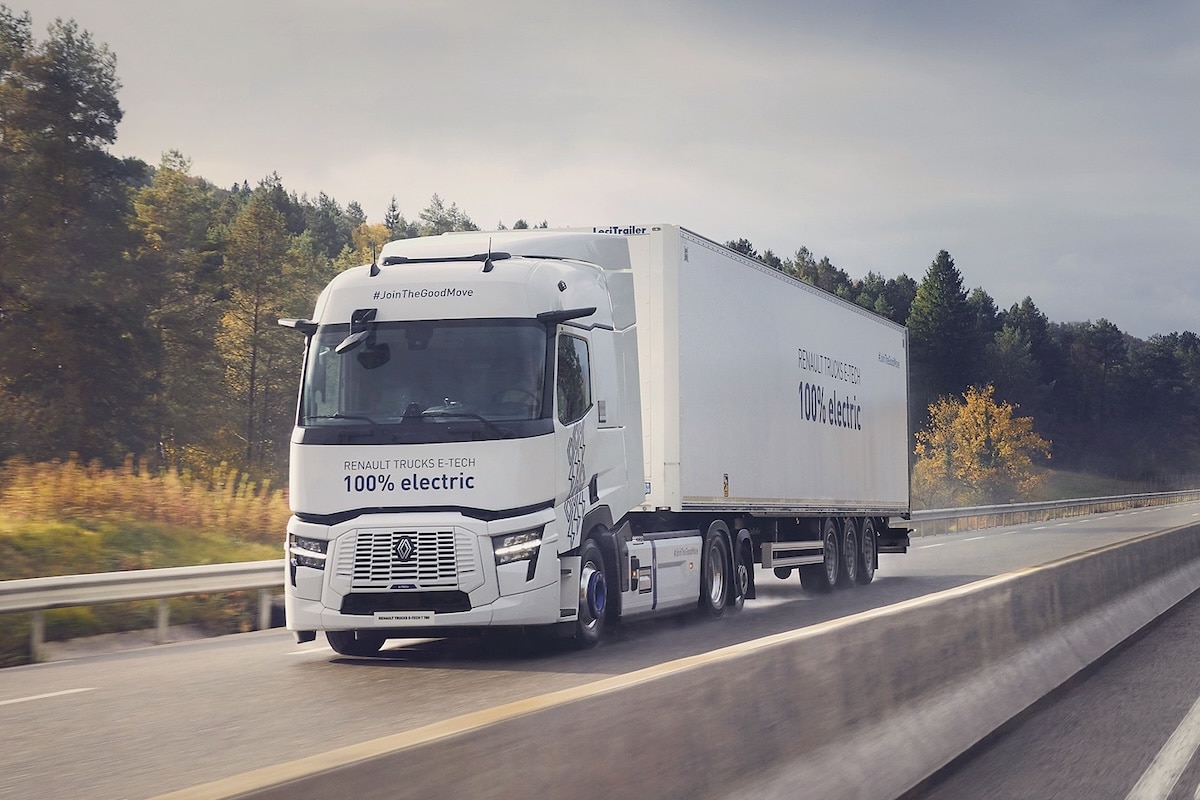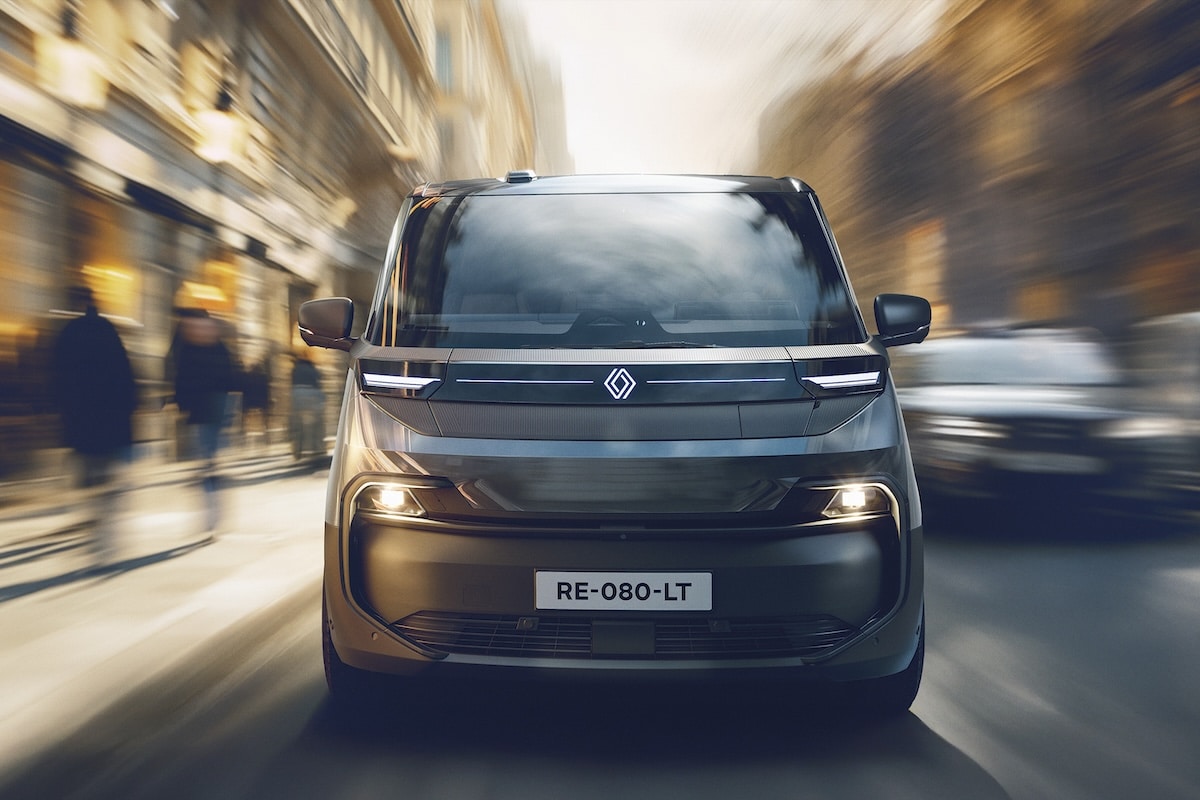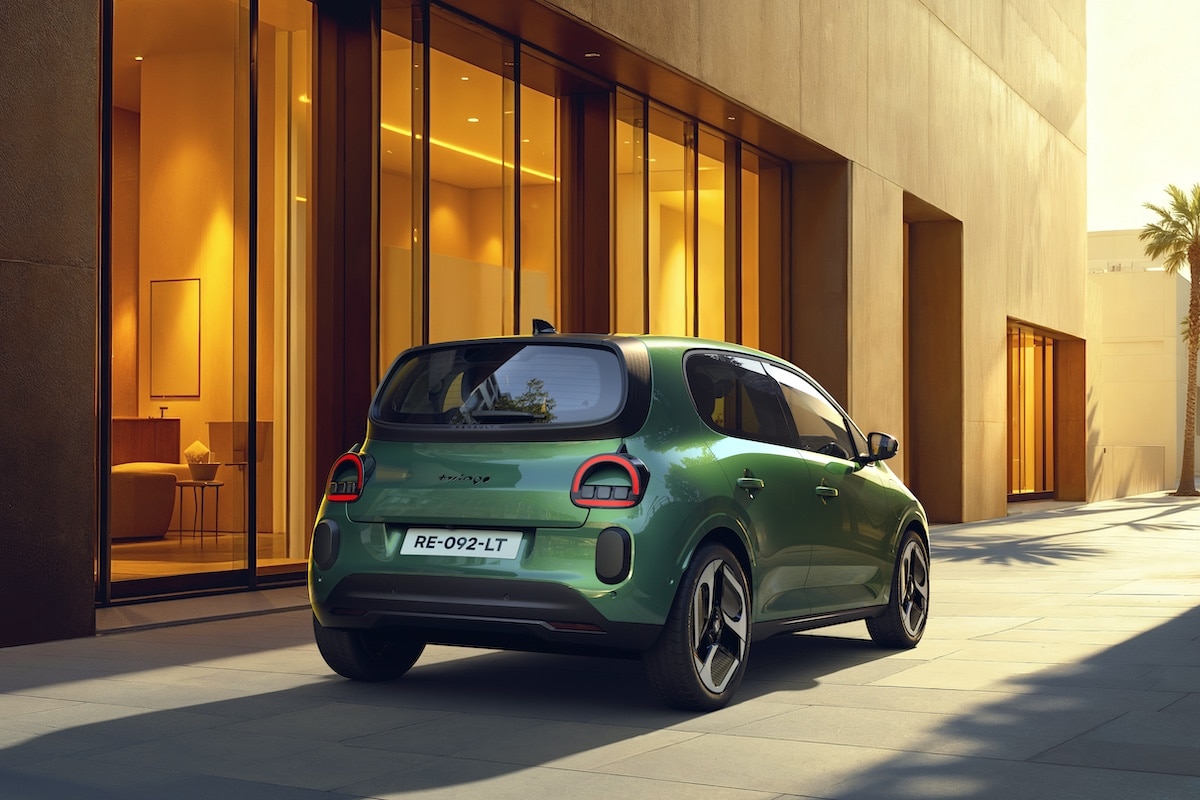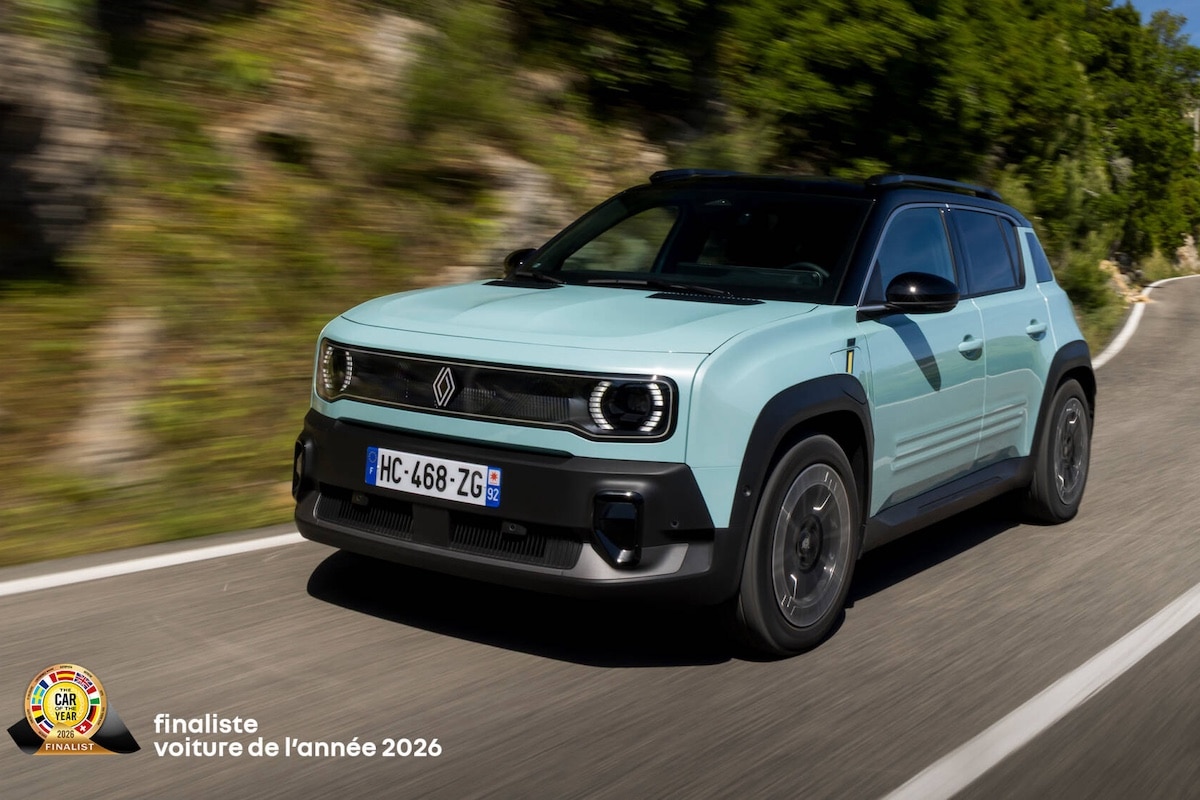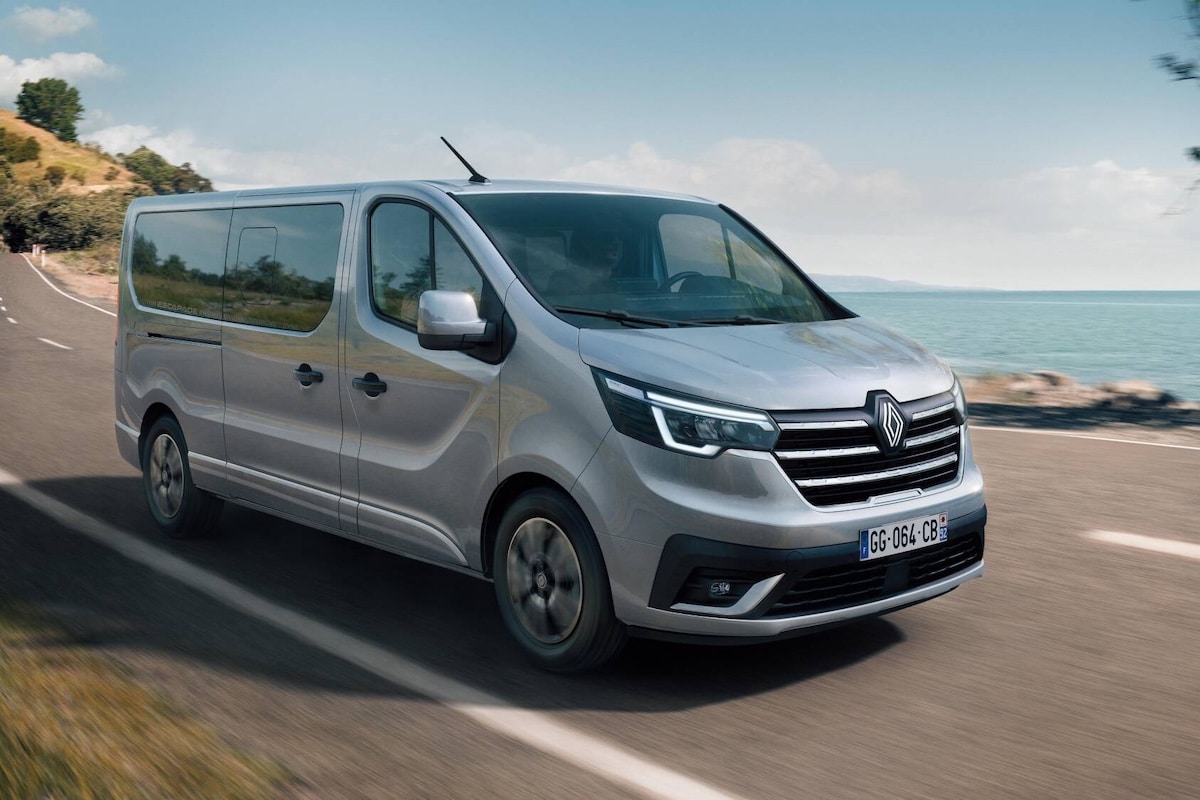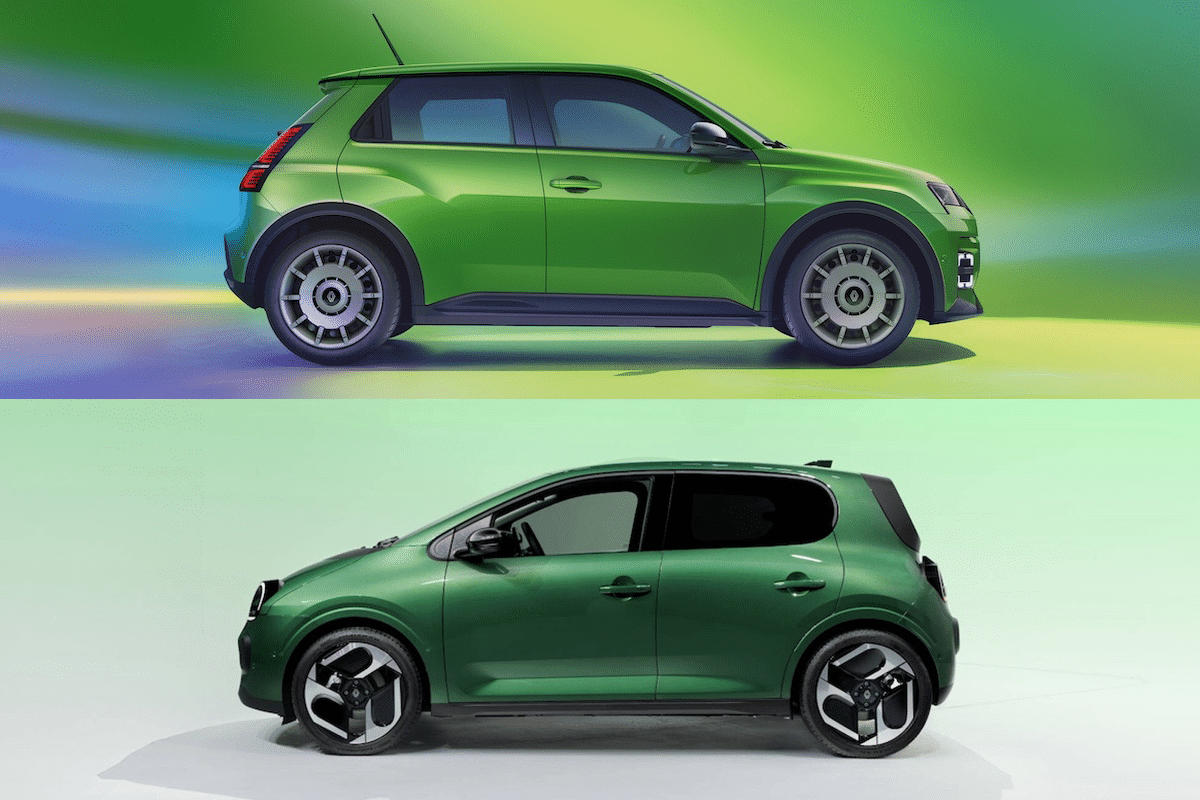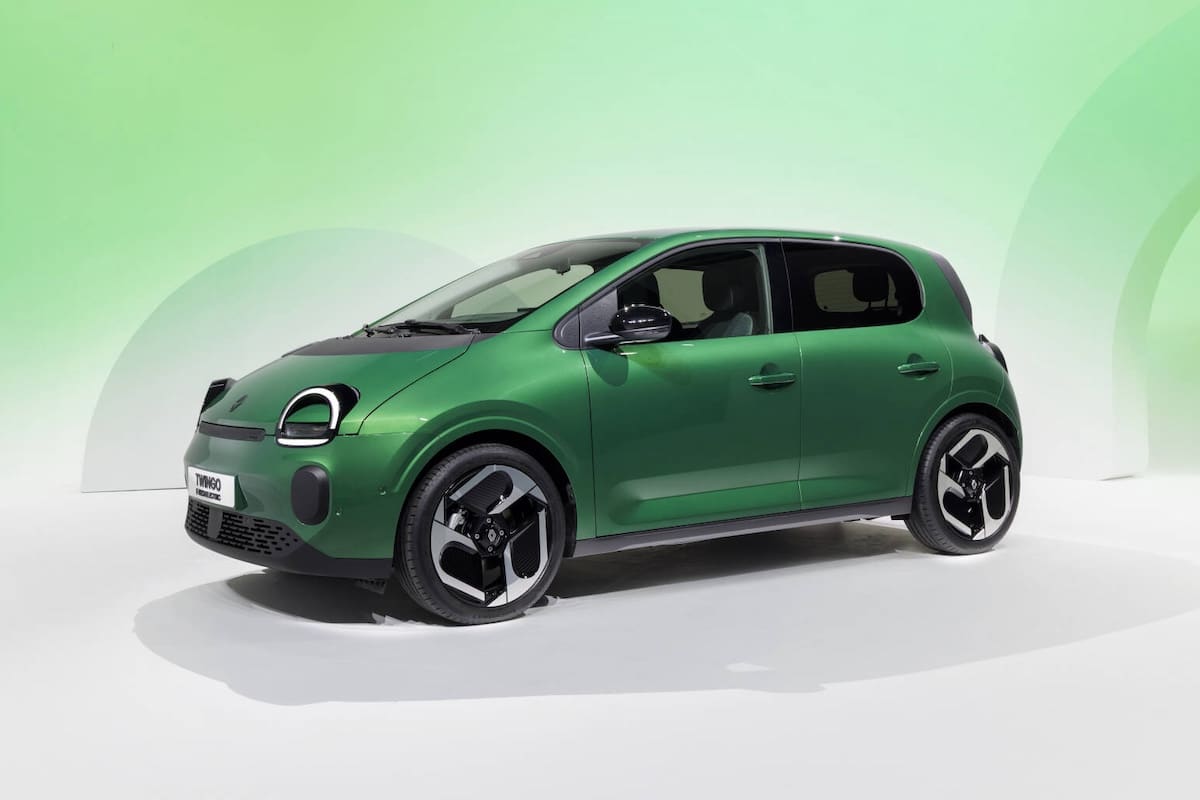Renault
Renault Twingo E-Tech
At the entry level, we find the small Twingo E-Tech electric, developed under the name Twingo ZE. Renault released this zero-emission version of the small city car late, in 2020, based on the third generation. Measuring 3.61 meters long, this small electric car is suited for urban use or short distances. Without a dedicated 100% electric platform, its 21.3 kWh battery limits its range to 180 km. It does not support direct current charging, but the onboard alternating current (AC) charger can go up to 22 kW. Therefore, you can get a full charge in about an hour. Initially priced under 22,000 euros, the Twingo E-Tech’s prices rose to over 24,000 euros in 2022. However, it remains attractively priced excluding the ecological bonus.
Renault ZOE E-Tech
There is the electric equivalent of the Renault Clio, a city car of 4 meters and 4 seats. However, with its sleek design, the Renault ZOE has stood out in the range since its launch in March 2013. It’s not a bad style since it continues to endure through the 2020s, with a minor facelift in autumn 2019. Initially, it offered very affordable prices by leasing its batteries. Since 2019, the ZOE E-Tech has two motors: R110 with 110 hp and R135 with 135 hp, but with the same battery. With 52 kWh, the little diamond approaches 400 km of range in the WLTP cycle. Its price started at 32,000 € in 2019, rising to 33,700 € in 2022 (or from 241 € / month in LLD for 37 months).
Renault Megane E-Tech
Above, the Renault Megane E-Tech electric is the fourth generation of the compact. Fully electric, it partially replaces the third generation thermal and hybrid model. It is the first car to use the new Renault-Nissan platform. This small sedan, measuring 4.20 meters, offers a catalog of two batteries: 40 and 60 kWh, with a range of up to 470 km.
Renault Twizy ZE
This curious vehicle is not a traditional electric car but a heavy quadricycle. Its body is open and allows only two seats, with the passenger seated behind the driver. No side windows or real doors, but a windshield and roof to stay protected from the elements.
The Twizy offers two versions, including one with a maximum speed of 45 km/h, the Twizy 45. This version is suitable for all individuals and can be driven without a driver’s license from the age of 14, like the Citroën Ami. The second version, Twizy 80, which has a top speed of 80 km/h, targets a more restricted audience since it requires a driver’s license.
Renault Electric Utility Vehicles
First introduced in 2013, the Renault Kangoo Van E-Tech electric arrived in 2022 in its new version. This small utility vehicle features a 90 kW motor with a 45 kWh battery, offering a range of 300 km. It can hold up to 4.9 m3 of useful cargo in the long version.
For larger needs, one must opt for the Renault Master E-Tech electric. This van is derived from the thermal model, with a 52 kWh battery providing a range of 200 km, compared to 33 kWh and 120 km in its 2019 version. It has a usable volume ranging from 8 to 13 m3 depending on the versions.
And for those who are apprehensive about electric vehicles, Renault has launched the Hyvia brand. This subsidiary offers the Master H2-Tech (but not the old Kangoo H2). With a range of up to 500 km, it is available in van, chassis cab, and “City Bus” shuttle variants.
Renault Hybrids
Despite being a pioneer in electric vehicles, Renault was slow to launch hybrid models. It wasn’t until 2020 that the Clio E-Tech hybrid provided an answer to the Yaris, with a 140 hp gasoline-electric duo. Before that, the derivative Captur E-Tech first gained a plug-in hybrid version with 160 hp.
This solution also equips the Mégane E-Tech plug-in hybrid compact, available as a 5-door sedan and station wagon. The larger coupé SUV Arkana followed, but it lacks a plug-in option. In 2022, the solely thermal Kadjar made way for the Renault Austral E-Tech, featuring hybrid and plug-in hybrid powertrains.
Introduction
La marque Renault a été fondée en 1899 par Louis, Marcel et Fernand Renault, à Boulogne-Billancourt (Hauts-de-Seine). C’est l’un des trois grands constructeurs français de voitures avec Peugeot et Citroën. C’est également une des entreprises automobiles les plus populaires en Europe et dans le monde. Le constructeur a écoulé environ 2,7 millions de véhicules en 2021 Elle figure au sein du groupe Renault, possédant Dacia, Alpine et Mobilize. Son PDG est l’Italien Luca De Meo, l’Espagnol ayant remplacé l’ancien président directeur général Carlos Ghosn en 2020.
Présentation de la marque : Renault
Longtemps, à l’instar de nombreux constructeurs, Renault a présenté de multiples concepts électriques et séries limitées. Dans les années 1970, on notait la R5 électrique qu’exploitait EDF. Les années 1990 on été celle de quelques Clio électriques en autopartage à Saint Quentin-en-Yvelines. Mais c’est en 2009 au Salon de Francfort que Renault présente sa vision de la mobilité électrique moderne via trois véhicules : Twizy, Fluence et Kangoo ZE. C’est le début de l’ère des voitures électriques Renault, avec le sigle “ZE”, signifiant “Zéro émission”. C’est pourquoi on le retrouve sur tous les modèles. Suivra le concept ZOE au Mondial de Paris en 2010. Plus que des véhicules de salon, la promesse est respectée. En octobre 2011, la berline Fluence ZE de série naît sur base de Mégane, suivie par la Twizy en mars 2012 et la ZOE en 2013. La Renault ZOE devient alors la meilleure vente en voiture électrique et reste dans le début des années 2020 dans le Top 10 de la catégorie.
Néanmoins, la gamme ZE change de nom à partir de 2020, avec la sous-marque “E-Tech”. Épousant les voitures électriques mais aussi les voitures hybrides, elle permet des les différencier des modèles thermiques (essence ou diesel). Ainsi, chacun des véhicules électriques Renault ont un suffixe “E-Tech électrique”, que ce soit la ZOE, la Mégane ou la Twingo. Renault a dévoilé en parallèle son plan “Renaulution”, où le véhicule fait partie d’un écosystème électrique mais aussi de recyclage, de location, univers numérique, et d’éco-conception.



